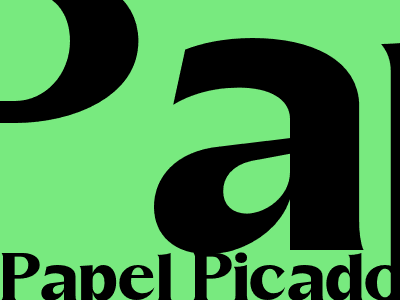Papel Picado: A Rich Cultural Tradition in Mexico
A Vibrant History
Papel picado, an intricate art form featuring vibrant paper cutouts, holds a special place in Mexican culture. Its roots trace back to the pre-Columbian era, where it was known as "amate" or "huun." These early paper cuttings, crafted from the bark of fig trees, served ceremonial purposes and were often decorated with symbols of nature and deities.
During the Spanish colonial period, European papermaking techniques were introduced, leading to the emergence of modern papel picado. The new paper, made from sugarcane fiber, allowed for more intricate and colorful designs. The art flourished, particularly in the central Mexican state of Tlaxcala, where it became an integral part of festivities.
Symbolism and Meaning
Papel picado is not merely a decorative element; it carries profound symbolism. The intricate patterns and motifs often depict scenes from Mexican life, history, and mythology. The cutouts symbolize joy, celebration, and the cyclical nature of life and death. During festivals and special occasions, papel picado adorns streets, homes, and altars, creating a festive atmosphere and honoring traditions.
Uses in Mexican Celebrations
Papel picado is an indispensable part of many Mexican celebrations, including Día de los Muertos (Day of the Dead) and Mexican Independence Day. During these festivals, it is used to decorate altars, gravesites, and homes, paying homage to ancestors and expressing the vibrant spirit of Mexican culture.
The Process of Creation
Creating papel picado is a painstaking and time-consuming process. First, a sheet of paper is covered with a layer of chalk or cornstarch, which helps prevent tearing during cutting. Then, the paper is folded several times to create symmetry. Skilled artisans use chisels and small hammers to carve intricate designs into the paper, creating delicate and detailed cutouts.
The patterns are often passed down from generation to generation, ensuring the preservation of traditional designs. However, contemporary artists also incorporate modern influences and innovations into their creations, adding a touch of modernity to the ancient art form.
A Living Tradition
Today, papel picado remains a vital part of Mexican culture, symbolizing joy, celebration, and remembrance. It is a living tradition that continues to thrive, passed down through generations of artisans who proudly preserve this vibrant and meaningful art form.

Komentar